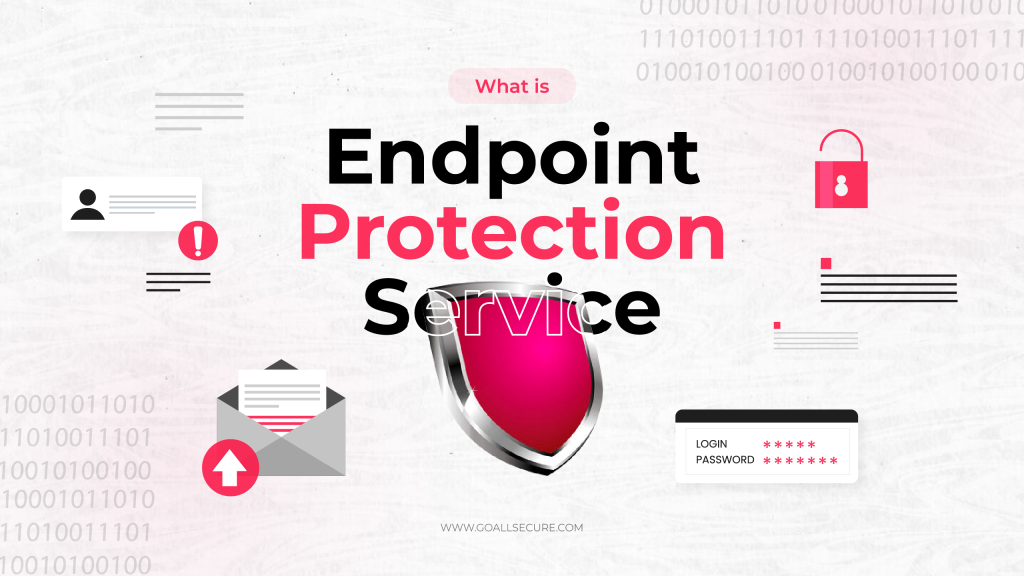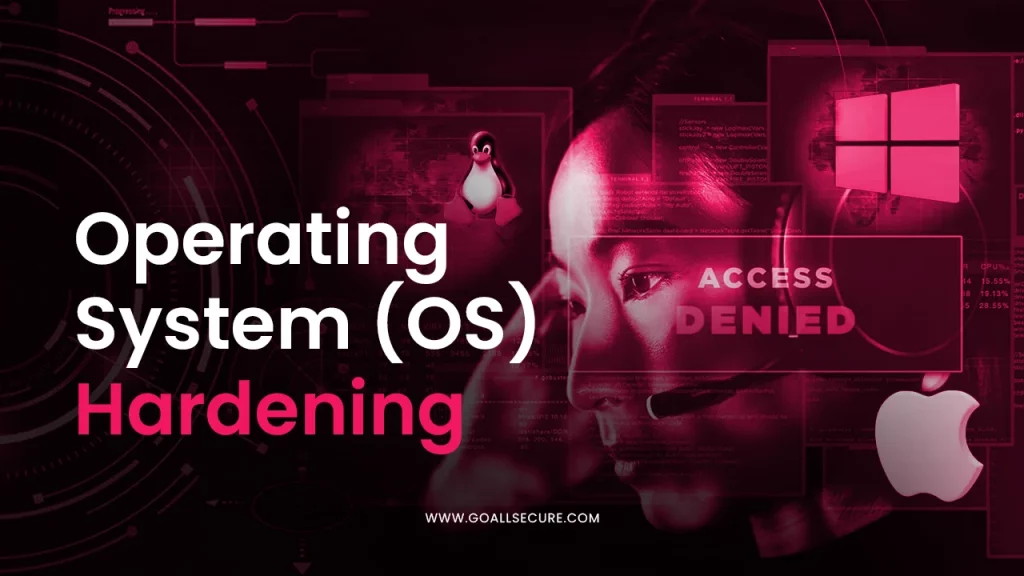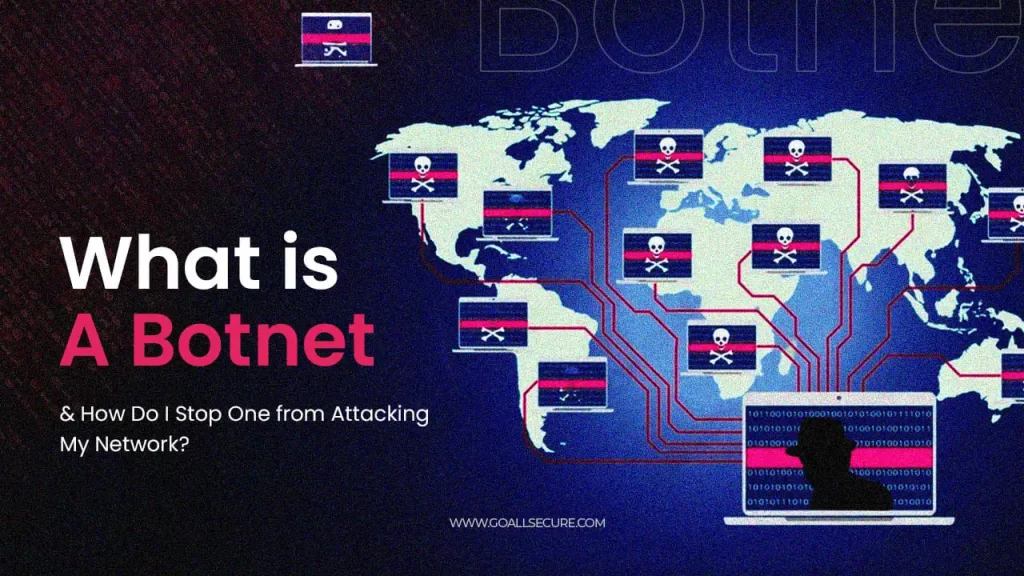In the changing digital dynamics, those responsible for protecting our virtual domain face relentless adversaries called botnets. As we dive deeper, it becomes crucial to grasp the complexities of these invaders and strengthen our defences against their tactics. The power of botnets lies in their numbers and their ability to coordinate actions, making them a formidable weapon for cybercriminals. Preventing and mitigating botnet attacks requires a combination of cyber security measures, such as system updates, robust authentication practices and using security technologies to identify and disrupt botnet activity. This blog will shed light on the basics, like what botnets are, how they work and most importantly, how to prevent them. So, stay tuned.
What Is a Botnet?
Botnets are networks of compromised computers used to launch different types of cyber-attacks and scams. The words “robot” and “network” combine to generate the term “botnet.” The purpose of the bots is to automate mass attacks, including malware dissemination, server crashes, and data theft. Botnets utilise your devices without your permission to deceive others or disrupt operations.
What Is a Botnet Attack?
A botnet attack is a large-scale cyber attack executed by remotely controlled devices infected with malware. It makes hacked devices into what a botnet controller calls “zombie bots.” Botnets are more dangerous than other types of malware because they allow a threat actor to carry out numerous tasks simultaneously on a single device or system. Botnet attacks are not the same as self-replicating malware; instead, they are more like having a threat actor operating within the network.
Types of Botnet Attacks
Botnets are made to launch simple attacks to automate and launch in large quantities. The following are some typical attack types that botnets may be utilised to carry out:
- DDoS Attacks
- Password Attacks
- Spam and Phishing Campaigns
- Stealing Credentials for Espionage Purposes
- Cryptojacking Operations
- Scalping
- Fraud Schemes
“How does a botnet work?” you might wonder. We’ll walk you through the creation and application of botnets to broaden your understanding of this term in the next section of the blog.
How Does a Botnet Work?
Botnets consist of compromised devices, often called “bots” or “zombies.” The very first thing that a hacker does is create an army of these botnets to ensure there are enough bots to execute an attack. Bots are made through phishing emails or security flaws in software or websites. The next thing that the hacker does is link all the individual bots together. Once all the botnets are connected to the central botnet server, they are ready to launch any attack. A bot herder uses command programming to direct the bot’s operations.
The final step in the working of a botnet is launching an attack. An infected system gives access to admin-level tasks such as collecting and stealing user data, reading and writing system data, monitoring user activity, etc.
How Do Hackers Control a Botnet?
One essential component of managing a botnet is issuing commands. For the attacker, anonymity is just as crucial, though. Botnets are, therefore, controlled via remote programming. The server that provides all botnet leadership and instruction is the command-and-control (C&C) source. The central server used by the bot herder is this one, from which all zombie computers receive commands. Every single botnet can be controlled via commands that can be given either directly or indirectly in the following models:
1. Centralised Or Client-Server Model
A single server acting as the bot herder is responsible for a centralised botnet attack. The instructions come from the bot herder server, although a hierarchy of proxy or sub-herding servers might be set up underneath it.
2. Decentralised Or Peer-to-Peer Model
In a decentralised botnet attack, each bot in the botnet shares responsibility for sharing instructions. The attack can be executed effortlessly if the attacker can contact any of them.
What Do Botnets Do to Your System or Network?
Once a system or network is compromised and added to the botnet army, it becomes a weapon for mass destruction. The hacker can access all the files and admin activities on the system. The worst part is that the user will not be aware of the illegal activities being carried out. Any device with an internet connection can qualify for the botnet recruitment process. Even things you would not think about are and can be made into zombies.
Some examples are laptops, desktops, mobiles, tablets, smart home devices (security cameras, televisions, speakers), etc. A botnet can attack almost any computer-based internet device. Therefore, the threat is constantly expanding.
The Art of Prevention Against Botnet Attack
Botnets pose multiple threats to an organisation and its cyber security. If an organisation’s systems are infected by malware, they may be conscripted into a botnet and used to perform automated attacks against other systems. Conversely, an organisation may also be the target of these automated attacks, which can be used to achieve various purposes. Protecting against the botnet threat requires a comprehensive security program. This program will have to cover the endpoints against infection and other corporate systems. Here is what organisations can do:
- Maintaining good cyber security posture is the key. Strong passwords and multi-factor authentication are the first lines of defence. It involves securing access points with robust authentication methods. Regular software & patch management ensure that vulnerabilities are promptly addressed through updates.
- Educating and raising awareness among users is crucial. Providing individuals with the knowledge to identify phishing attempts and suspicious online activities can be just as effective as implementing safeguards.
- Comprehensive endpoint protection that goes beyond antivirus measures to safeguard devices, effectively extending the security perimeter across the entire digital landscape.
- Employing algorithms designed to identify patterns in network traffic, we can effectively detect potential botnet activities acting as vigilant guardians of our networks.
- Utilising the capabilities of AI and machine learning. Their usages strengthen defence mechanisms, enabling real-time identification and response to threats.
- In a combined effort, organisations and cyber security professionals share threat intelligence, establishing a networked defence system against our common adversaries.
In Conclusion Adaptive Security Is the Way to Go
The field of cyber security is expanding every day. But to understand the present, we must look back at the past. The evolution of botnets brings to mind a constant game of one-upmanship between attackers and defenders. Even today, sophisticated botnet attacks are still evolving and causing havoc on networks and systems. Prevention and early detection are essential to avoid significant harm to systems and devices. If you want to defend networks from hackers, GoAllSecure can assist you. Our security experts can conduct risk assessments like network penetration testing for your organisations and strengthen your security posture against botnet attacks.
We can help you implement the best practices and protect you from botnet attacks. For more information about us, kindly contact us at +91 85 2723 7851 or +44 20 3287 4253.

















 TRAVEL & HOSPITALITY
TRAVEL & HOSPITALITY HEALTHCARE
HEALTHCARE RETAILS & ECOMMERCE
RETAILS & ECOMMERCE BANKING & FINANCIAL
BANKING & FINANCIAL AutoMobile
AutoMobile MANUFACTURING
MANUFACTURING FOOD
FOOD EDUCATION
EDUCATION



